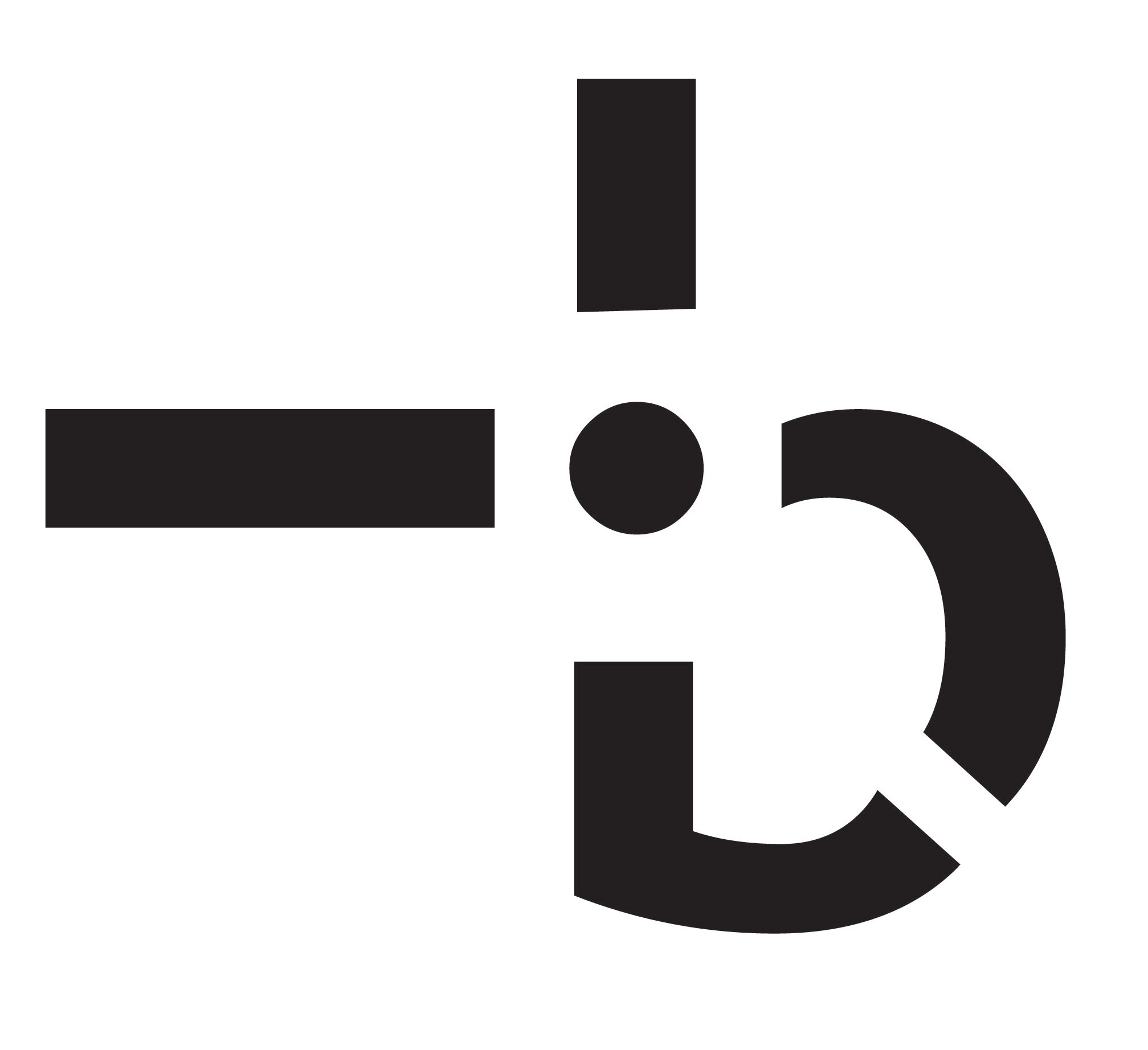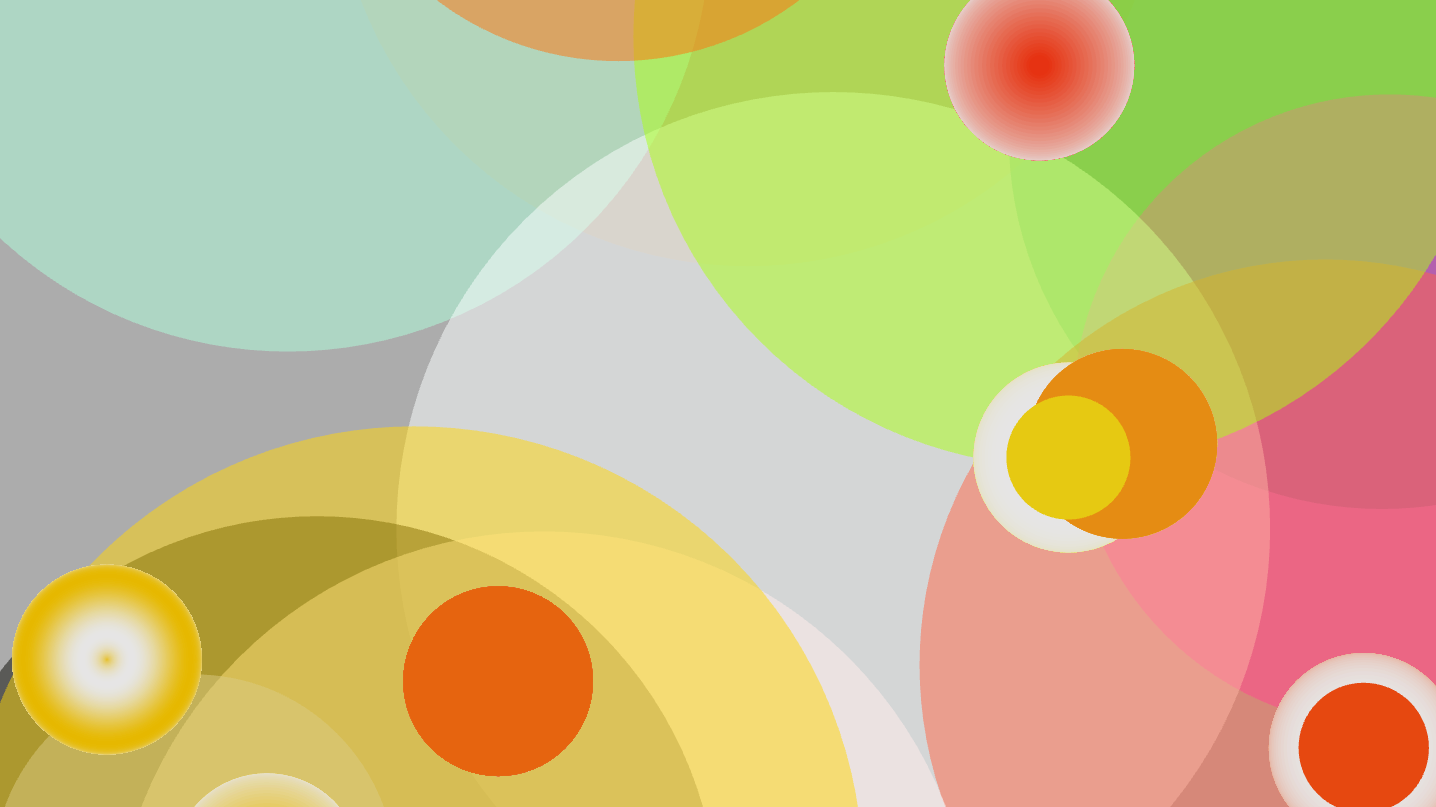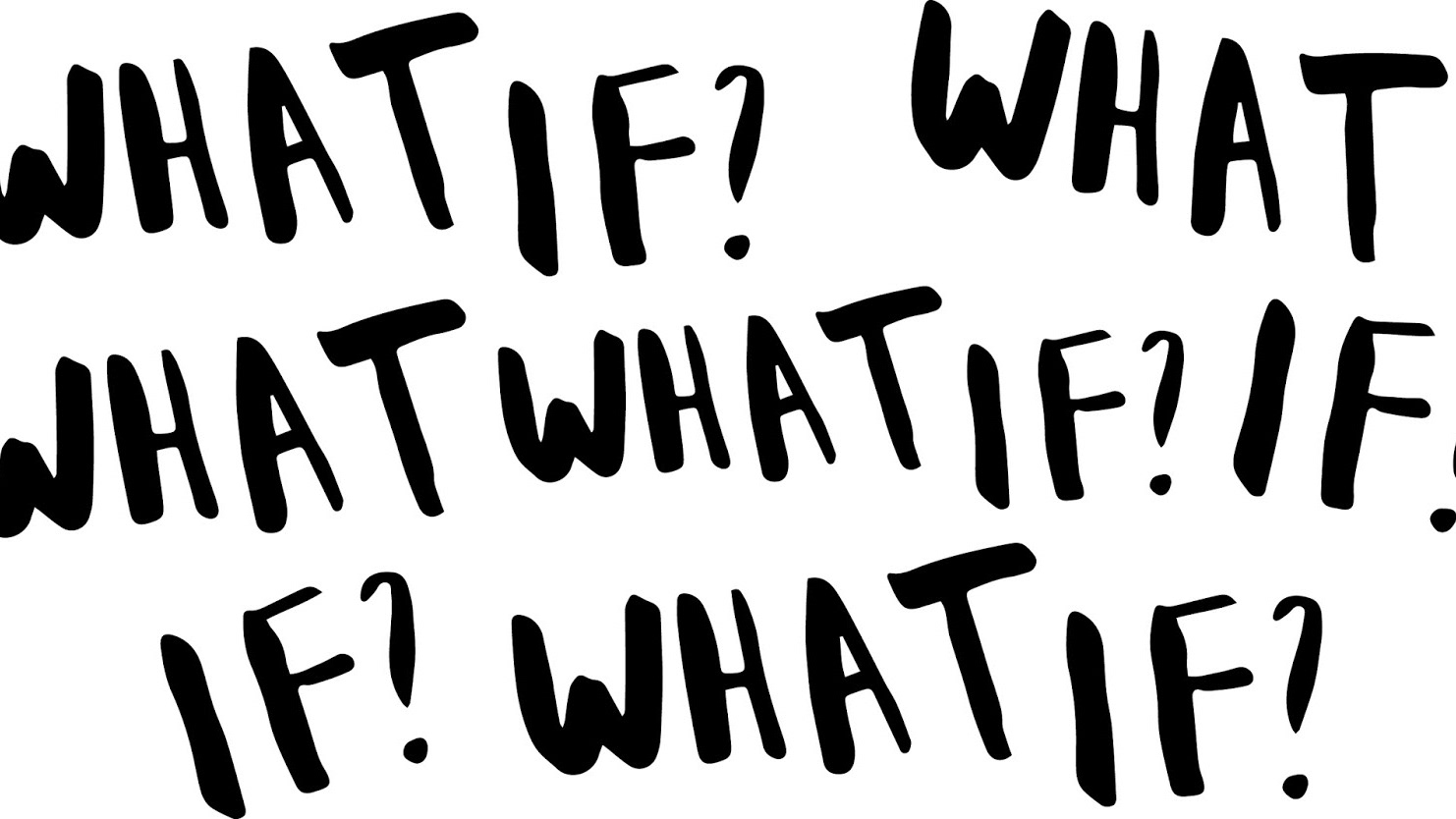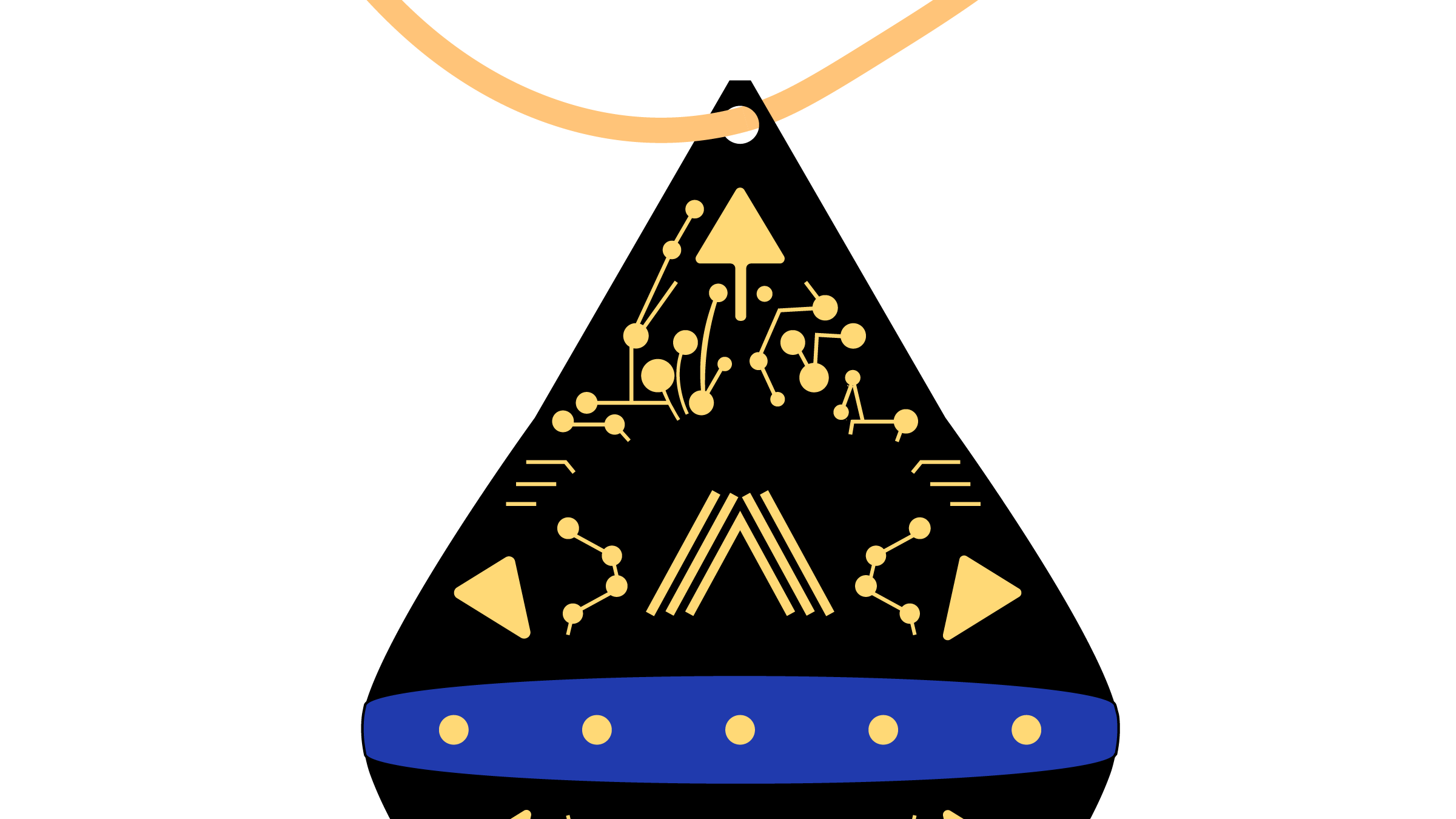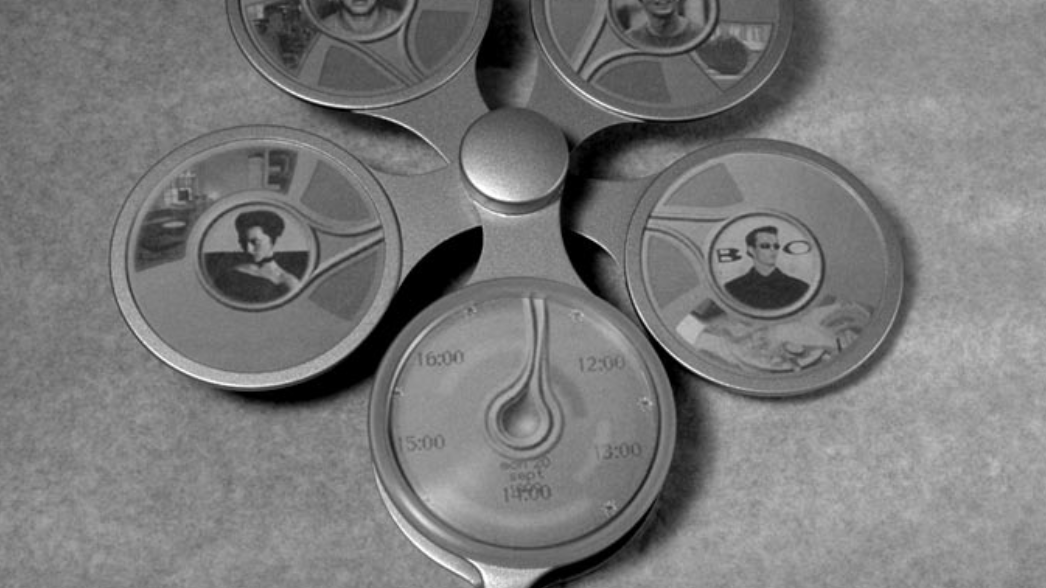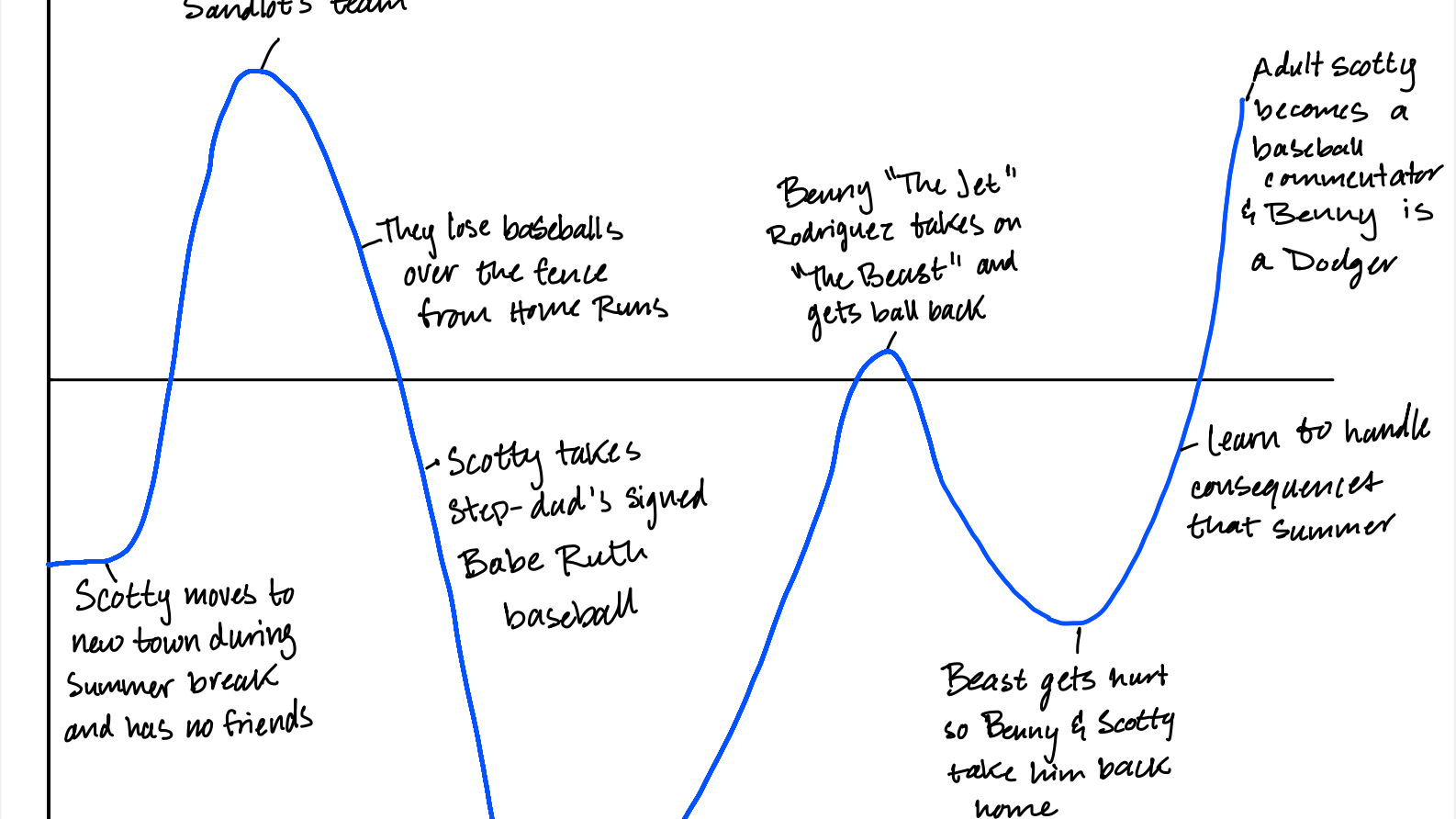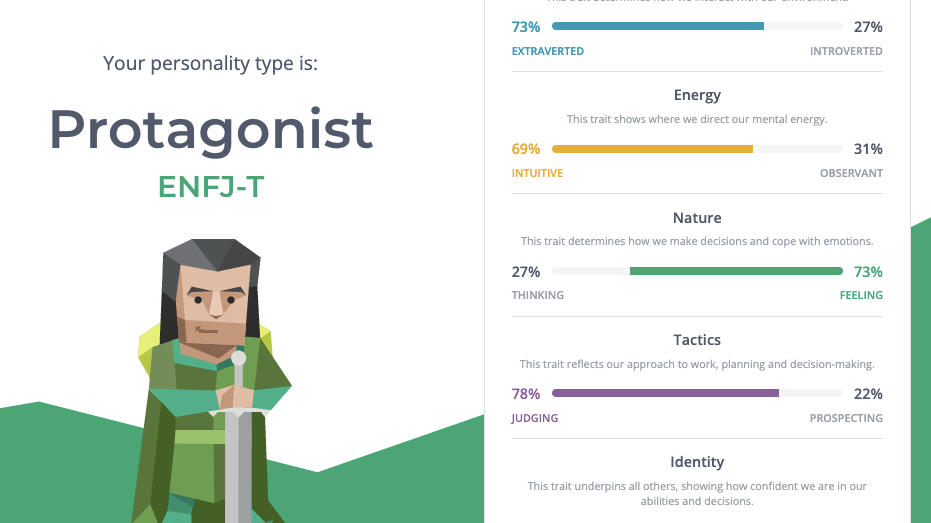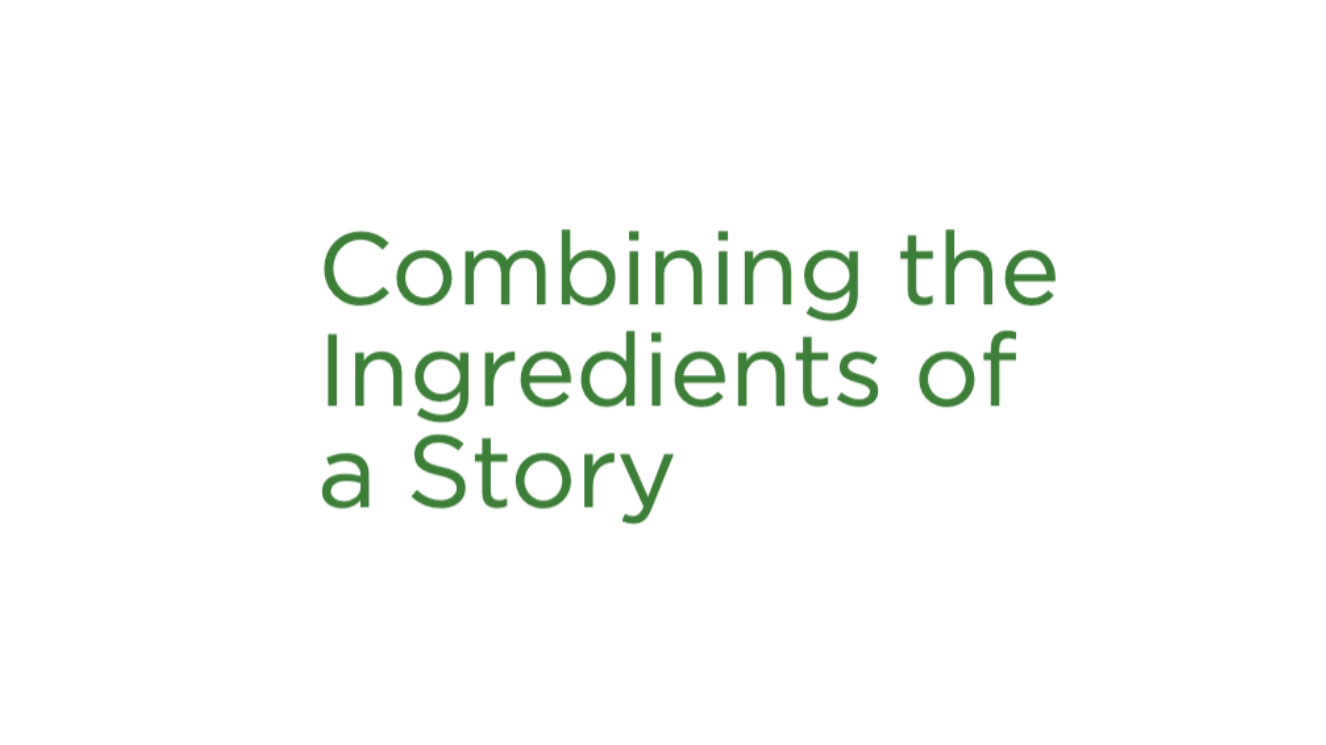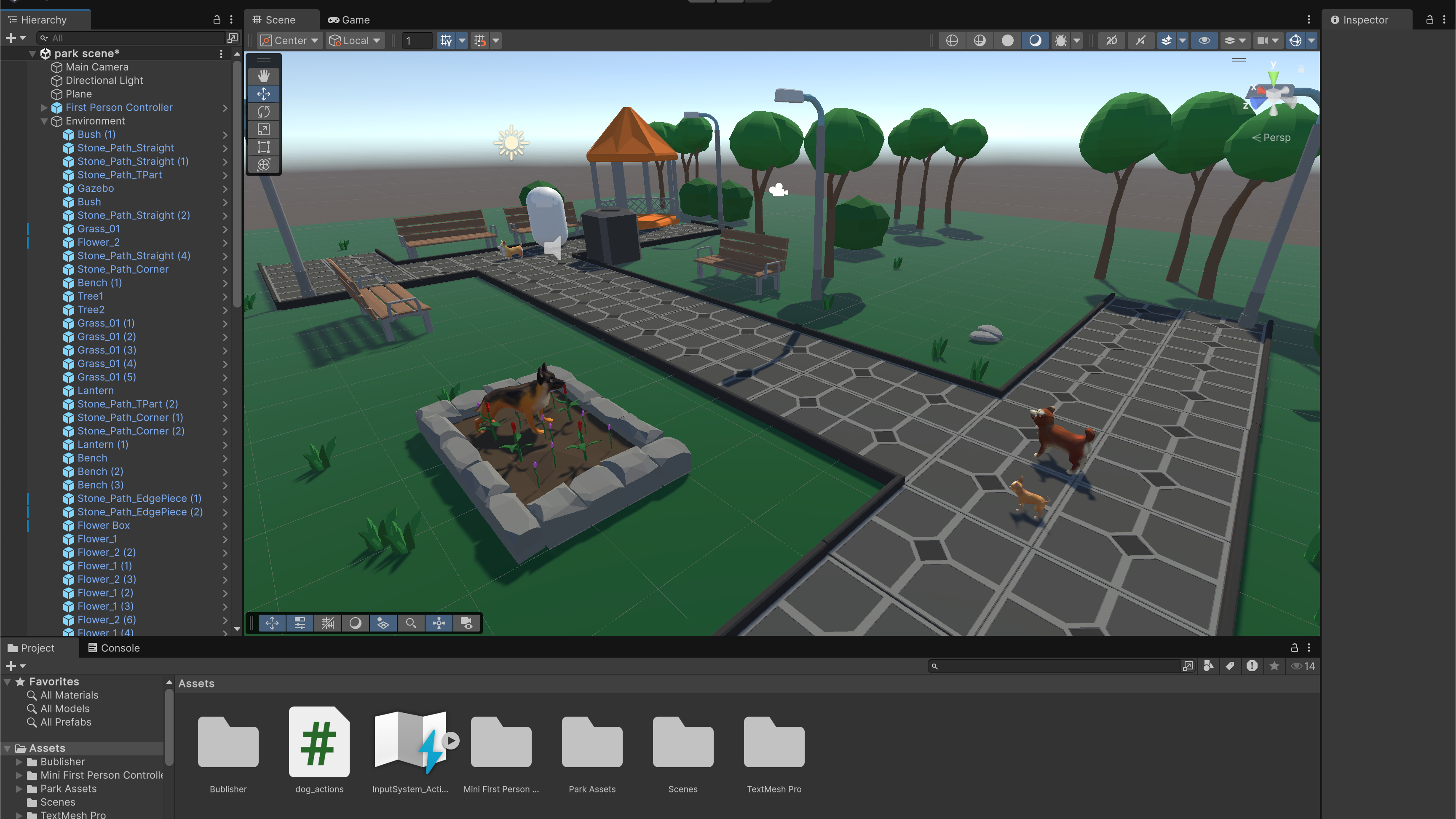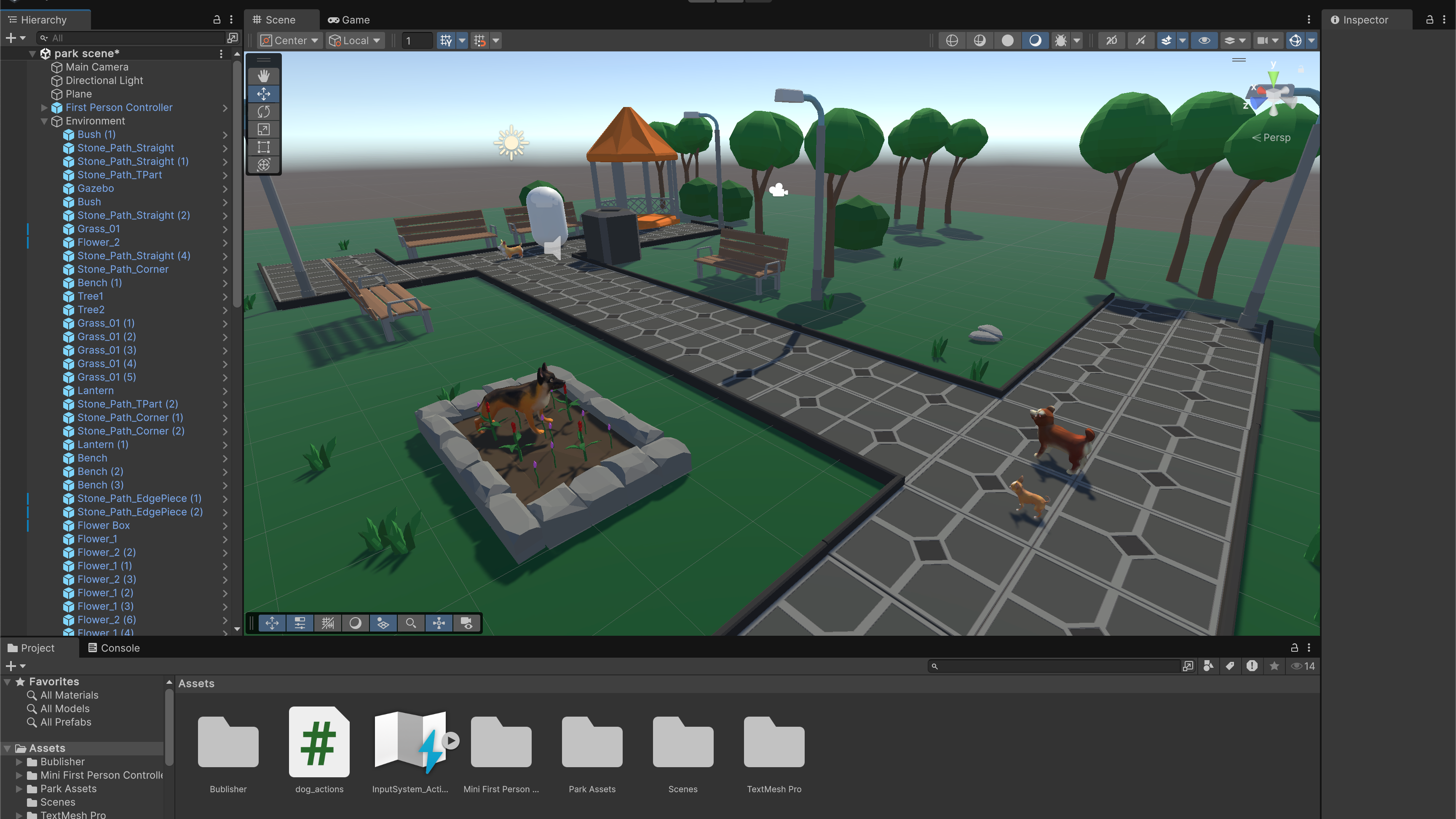My Main Takeaway
In reading the paper by Stephanie Houde and Charles Hill, prototyping has different meanings in various fields as to what a prototype is and its function. By understanding the purpose of the solution to the problem, designers can better understand what they want to bring to life and test out their sort of “hypothesis”. When testing a prototype there are three different purposes as to what they are meant for: to understand the role it plays in the user’s life, the look and feel of the artifact, and how it can be implemented.
“What is significant is not what media or tools were are used to create them, but how they are used by a designer to explore or demonstrate some aspect of the future artifact.”
Tools are meant to help us take the materials and resources we have gathered and craft something that will help alleviate the issue at hand. The same concept applies when using software or platforms as our design tools. As designers, it's our responsibility to demonstrate that we are able to produce artifacts with intentions behind them and have that showcase in the kinds of prototypes we create. Focusing on the tool or platform features and transitions is pointless unless we know how to use them to our advantage to communicate our intended message. Our duty as designers is to ensure that the artifact we create meets the goals we set out for it to accomplish and not just be another mundane thing in the world. When we use tools to create prototypes, we must ensure that we do not get too caught up in elements that will detract from the artifact's main focus. The main points need to live in the artifact that demonstrates to the people using it as to why it serves a purpose and how its purpose is being fulfilled.
“Being explicit about what design questions must be answered is therefore an essential aid to deciding what kind of prototype to build."
Research is the first step in getting to know what is currently going on and trying to identify the areas that seem to need the most support or aid. I think that during this time there are questions that are being asked as we move along and should be noted in order to help guide the designer in figuring out ways to answer those questions as solutions begin to develop. This is typically how I’ve come to approach areas that need support, that is by trying to find ways that help as well as translating those solutions into a prototype that solely focuses on how this can function in a person’s life. Being able to choose how you want to communicate the functions or role is crucial and you don’t want to detract from it due to people being more invested as to how this was demonstrated to them. I think when you have a clear idea of the questions that tend to come up as you design will have a better chance in effectively communicating the main function and, to some extent, accomplishing the goal or intent set for that artifact.
“The designers of these very efficient prototypes wanted to know how a child would respond to a toy that appeared to speak and move of its own free will. They managed to convincingly simulate novel and difficult-to-implement technologies such as speech and automotion, for minimal cost and using readily available components.”
After reading this section that exemplifies the use of the look and feel of an artifact, I have a better understanding as to how else I can think about utilizing a prototype. Usually, when it comes to the look and feel, I typically relate that to the visual design elements such as typography, color palette, and so on, which I tend to leave as the last thing to focus on. The way that I’m understanding this approach in the utilization of a prototype is to get an idea as to the actual experience a person would have as they encounter this artifact. Rather than looking at the main focus, it is looking at how this main focus will be presented based on first impressions regardless if it actually accomplishes what it is intended for. It makes more sense to me to have all the facts, content, and resources to first curate a proper foundation before even thinking about visual elements that will further support my goal with the artifact.
